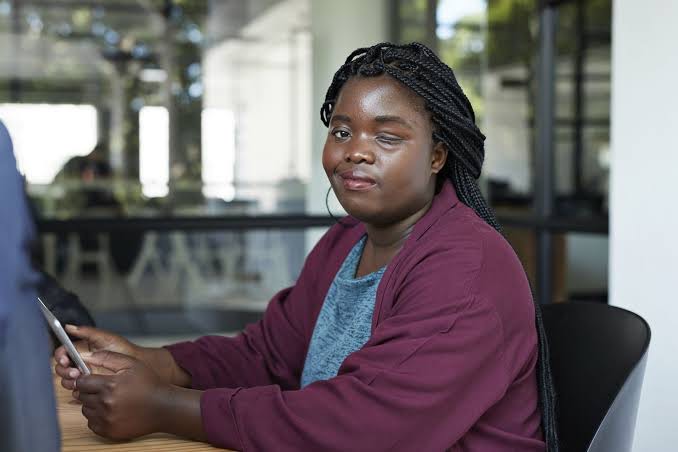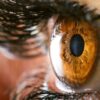LIVING WITH VISION LOSS IN ONE EYE.
We experience the world using our five senses: sight, smell, taste, hearing, and touch. But which one is most important to our human experience? Most people will tell you that it’s the sense of sight; as it turns out, research has validated this.
Following diseases or injury, some people may find themselves living with one eye. Once this vision loss occurs, it may be overwhelming to think about what comes next, especially in situations where the loss was sudden.
Have you ever wondered what life could be like going ‘half-blind‘? Let’s see what people with monocular vision experience. Most of us know ‘mono‘ means one and ‘bi‘ means two, thus in terms of vision, monocular means vision with one eye.
Having a blind ‘side‘ can lead to all sorts of problems, including:
- Accidently bumping into people and objects.
- Having to turn your head more when driving.
- Becoming anxious in crowded areas, such as shopping centres.
- Depth perception issues.
Depth perception would possibly be the solitary difficulty that has the greatest impact on people with monocular vision. Your brain combines both pictures from each of your eyes to form a 3D image. Those with monocular vision only have a single eye’s picture to process, thus it is hard to judge how near or far away something is.To achieve this, the brain uses other visual cues to get a more accurate depth idea.
Monocular vision can also affect your field of vision on the affected side there by reducing the field of view of that area when looking straight ahead. You may not notice people or objects on the affected side particularly in unfamiliar or crowded environments.
People also notice that their eye easily become tired after every little effort as the eye is trying to work to make the best of the remaining vision. For example reading or watching television, these activities won’t damage your eye, however, it is helpful to take regular breaks from these tasks to prevent your eye from becoming tired or fatigued easily.
The solution to these problems is a natural adjustment which happens over time. Our brains are adaptable and can adjust to this change in vision. Usually, people find that with time their good eye ‘takes over’ and tasks that were previously difficult become easier. Difficulties with depth perception also improve naturally as the visual system uses other clues to help with this problem, such as the size and position of objects in relation to each other, as well as other texture, shadow and light effects.
It’s difficult to say how long this adjustment will take as this depends on individual. Sudden loss of vision in one eye can take longer time to adapt to than if the vision loss has happened gradually. However, once someone has adjusted to monocular vision, they find that they can read, watch television and perform many daily activities without any problems.
If you have vision in only one eye, it is very important to protect that eye. Keeping your good eye healthy and safe protects your lifestyle too.
WAYS TO PROTECT YOUR EYE
- Always wear “impact resistant” eyeglasses whether you need them for vision correction or not. Wearing glasses can offer protection even when you think you do not need it, pencils or rubber bands can pose a threat to your vision.
- Have regular eye exams to keep your eye healthy.
When you have vision only in one eye, it is very important to keep it healthy. See your optometrist or ophthalmologist at least once a year (or more often as they recommend). That way, they can detect and treat eye problems before they threaten vision.



